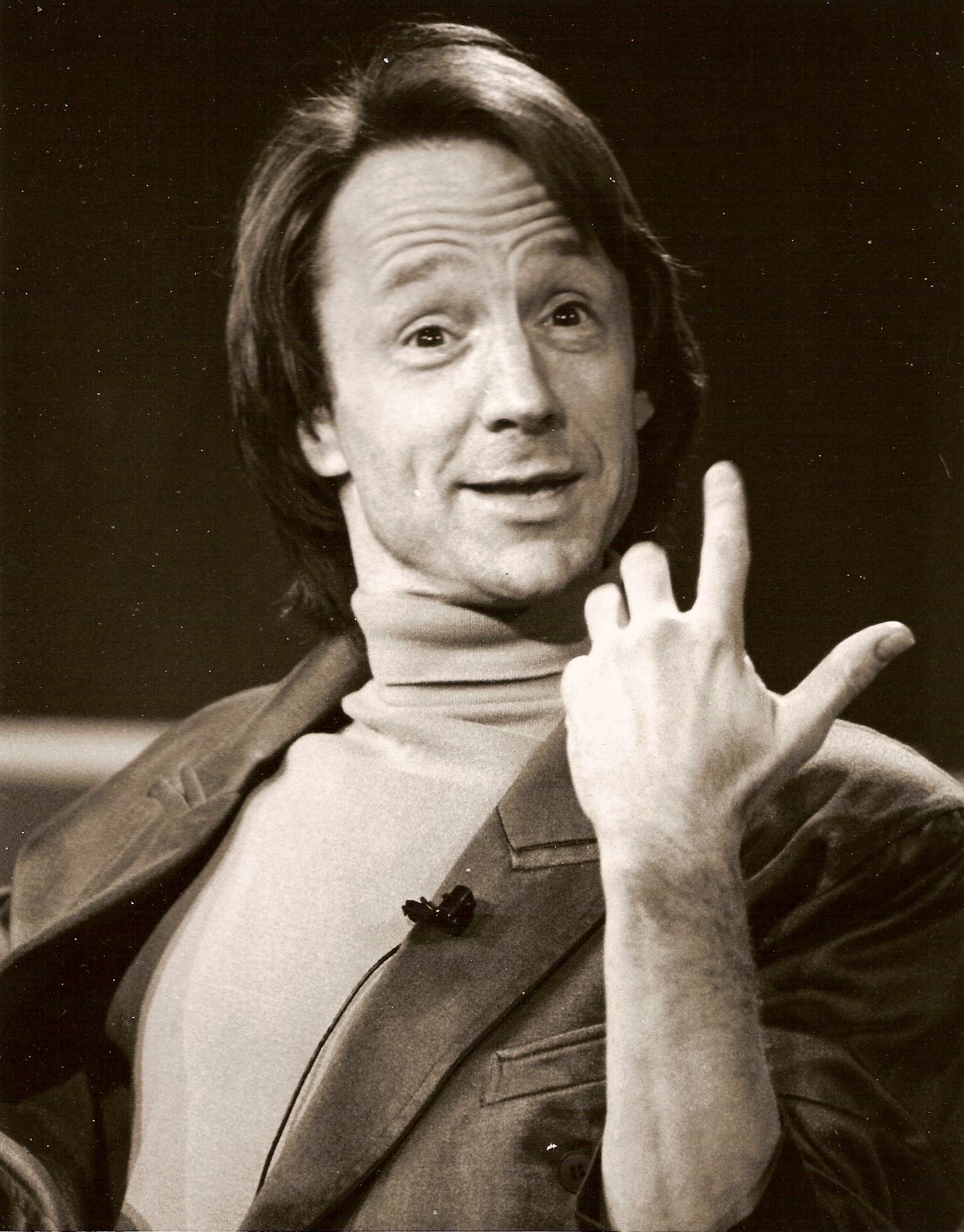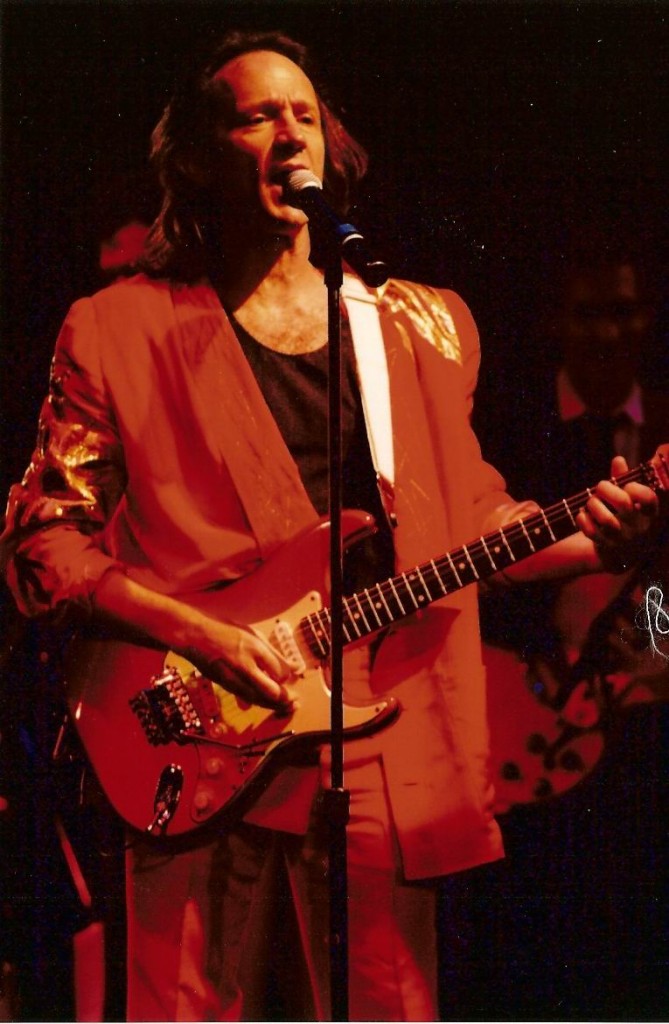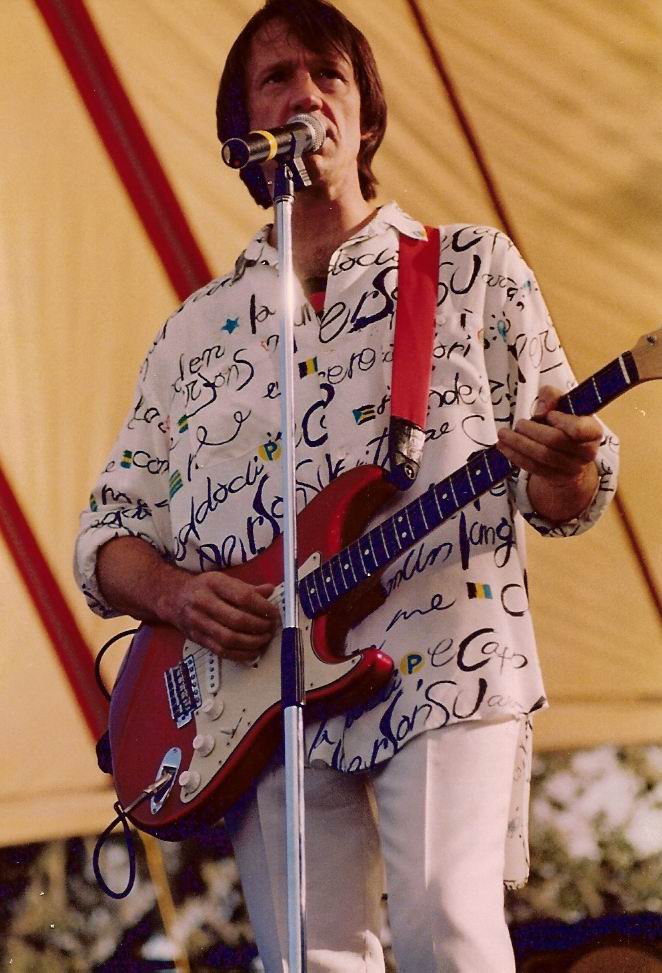What truly defines the legacy of Peter Tork? Beyond being an American musician and actor, his contributions to music and entertainment have left a lasting impression on fans worldwide. A bold statement indeed: Peter Tork was not only a pivotal figure in the 1960s pop culture phenomenon but also a versatile artist whose talents extended far beyond the limelight.
Born on February 13, 1942, in Washington, D.C., Peter Halsten Thorkelson, later known as Peter Tork, carved out a unique niche for himself in the world of music and acting. As a member of The Monkees, he became a household name, captivating audiences with his charm and musical prowess. However, his journey was much more than just fame; it was about passion, resilience, and an unwavering commitment to his craft. His ability to adapt and evolve over the decades speaks volumes about his dedication and versatility.
| Bio Data | Details |
|---|---|
| Full Name | Peter Halsten Thorkelson |
| Date of Birth | February 13, 1942 |
| Place of Birth | Washington, D.C., USA |
| Education | B.A. in English from Bard College |
| Career Highlights | Member of The Monkees (1966-1968), Musician, Actor, Teacher |
| Notable Skills | Bass Guitar, Keyboard, Vocals |
| Personal Interests | Religions of the Far East, Teaching |
| Authentic Reference | Wikipedia |
Peter Tork's tenure with The Monkees remains one of the most defining periods of his career. During this time, he not only contributed significantly to the band’s sound but also helped shape its image. His role as the bass guitarist and keyboardist added depth and complexity to their music, setting them apart from other bands of the era. Fans were mesmerized by his performances, both live and recorded, which showcased his exceptional talent and stage presence. Even after The Monkees disbanded, Peter continued to pursue his passion for music, releasing solo albums and collaborating with other artists. His work ethic and creativity ensured that he remained relevant in the ever-evolving music industry.
In addition to his musical endeavors, Peter ventured into teaching, further demonstrating his multifaceted personality. In 1976, he taught at Pacific Hills School, where he shared his knowledge and experiences with aspiring musicians. This period allowed him to connect with students on a personal level, instilling in them a love for music and learning. His approach to teaching emphasized understanding and appreciation, encouraging students to explore various genres and techniques. It is worth noting that Peter's interest in Eastern philosophies influenced his teaching methods, making them holistic and inclusive.
Despite achieving fame and success, Peter faced challenges throughout his life. Health issues and personal struggles tested his resolve, yet he persevered with grace and dignity. His ability to overcome adversity inspired many, proving that true strength lies in resilience and determination. Moreover, his interactions with fans revealed a compassionate individual who genuinely cared about others. Whether through concerts or interviews, Peter always made time to engage with his audience, fostering a sense of community and belonging.
An interesting anecdote involves Peter's collaboration with George Harrison of The Beatles. In the autumn of 1967, they worked together on the Wonderwall album, an experience Peter cherished dearly. Their shared passion for music transcended differences, resulting in a memorable partnership. Peter often spoke fondly of George, describing him as quiet yet profoundly impactful. Such collaborations highlight the universal language of music and its power to unite people across boundaries.
For those curious about Peter's personal life, glimpses can be found in articles like I Dated Peter Tork, published in Tiger Beat magazine in May 1968. These stories provide insight into his character, portraying him as a kind-hearted individual seeking connection and meaning. His desire to belong and create a sense of family resonated deeply with those around him. Such narratives humanize Peter, reminding us that even celebrities are ordinary people striving for fulfillment and happiness.
As years passed, Peter remained active in the music scene, participating in reunions and tribute concerts. His involvement in projects honoring The Monkees' legacy underscored his loyalty and respect for the band's history. Furthermore, he embraced technology, utilizing social media platforms to communicate directly with fans. This modern approach kept him connected to new generations, bridging gaps between past and present.
In conclusion, Peter Tork's life and career exemplify the essence of artistry and humanity. From his early days as a member of The Monkees to his later pursuits as a teacher and musician, he consistently demonstrated excellence and integrity. His impact extends beyond music, touching lives through education and inspiration. As we reflect on his journey, let us celebrate the remarkable contributions of a man who truly embodied the spirit of creativity and compassion.




